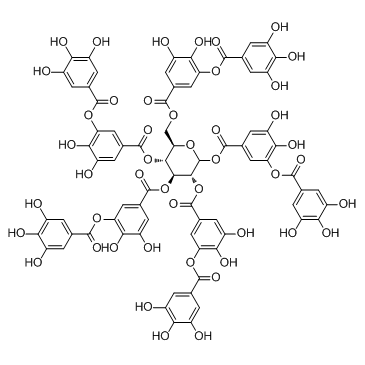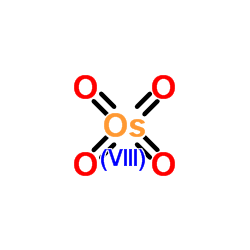| Structure | Name/CAS No. | Articles |
|---|---|---|
 |
Tannic acid
CAS:1401-55-4 |
|
 |
1,3-Naphthalenedisulfonic acid, 7-amino-, monopotassium salt, monohydrate
CAS:303137-06-6 |
|
 |
Osmium tetroxide
CAS:20816-12-0 |
|
 |
glutaraldehyde
CAS:111-30-8 |
|
 |
CCCP
CAS:555-60-2 |
|
 |
(Rac)-Golgicide A
CAS:1005036-73-6 |